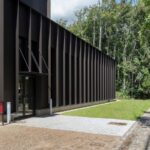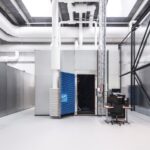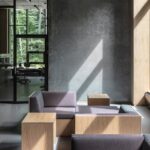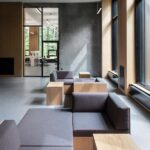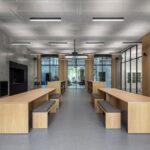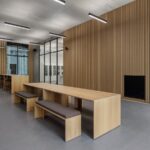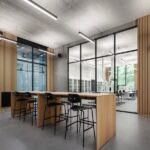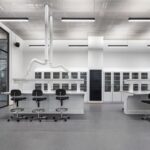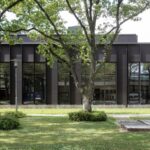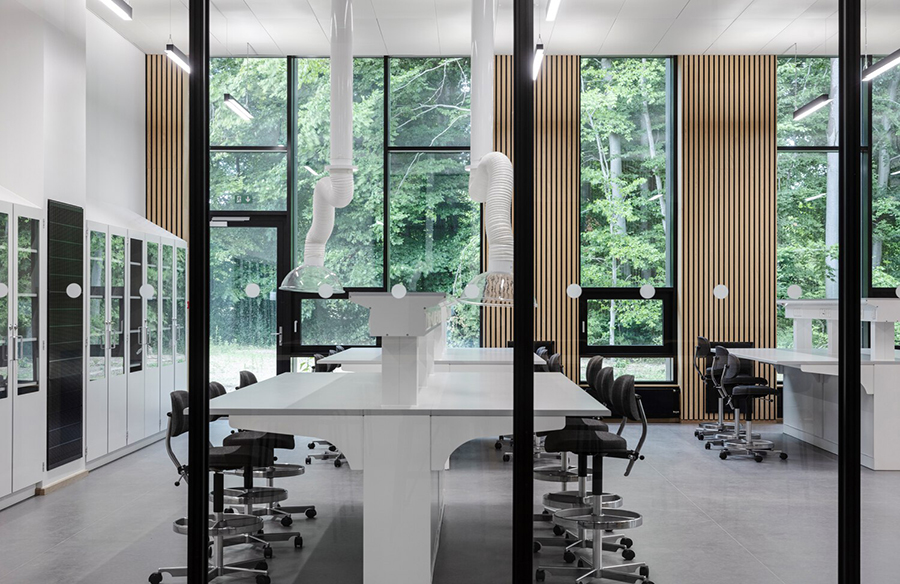
Innovative Facility for Electromagnetic Systems
B357 Research Hub, designed by Christensen & Co. Architects, stands as a testament to the university’s commitment to pioneering research in electromagnetic systems. It serves as a hub for students and researchers from the DTU Electro Institute, providing state-of-the-art research facilities, including radio-silent laboratories, meeting spaces, and classrooms. The architecture of the building fosters an interdisciplinary research environment, encouraging collaboration among researchers, businesses, and students while complementing the existing campus infrastructure.
Promoting Collaboration and Flexibility
At the heart of B357 Research Hub lies a collaborative ethos, emphasizing flexibility and connectivity. The design prioritizes clear visual connections between test areas and study spaces, facilitating seamless interaction and knowledge exchange. By expanding research facilities for high-precision testing of microwave technology, the hub opens new avenues for collaboration with esteemed partners such as NASA, the European Space Agency, and Boeing. This collaborative framework enriches in-house research projects, teaching initiatives, and measurement programs, benefitting both internal and external stakeholders.
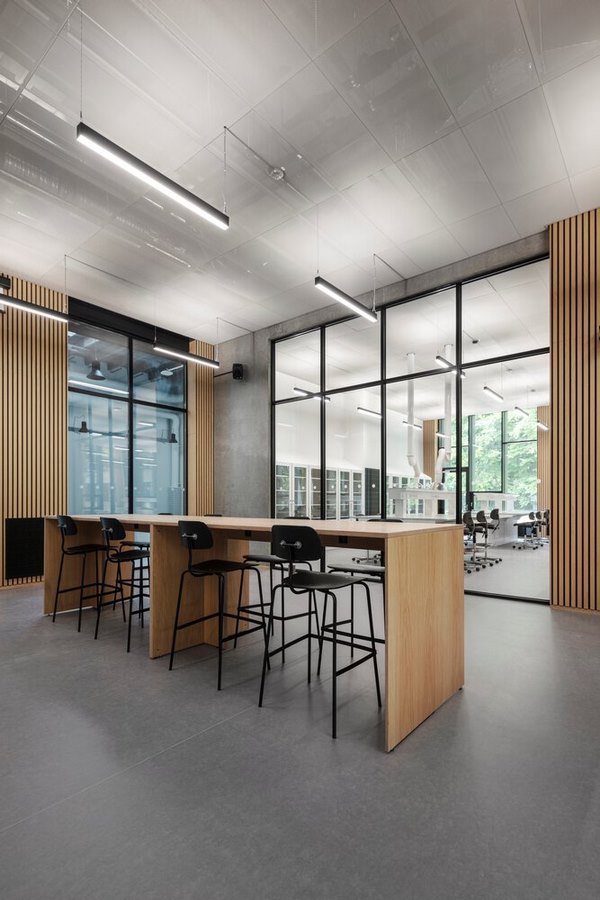
Sustainability and Performance
Driven by a commitment to sustainability, B357 Research Hub pursues gold classification within the DGNB system. Guided by the UN Sustainable Development Goals, the design integrates sustainable solutions across various facets of the building. From façade modifications to temperature regulation in laboratories, every aspect is meticulously crafted to enhance performance and minimize environmental impact. The result is a vibrant and energy-efficient research facility that prioritizes precision and sustainability in equal measure.
Multi-Purpose Interior Design
The interior of B357 Research Hub is conceived as a versatile space catering to diverse needs. From communal gathering areas to individual workstations, the furniture is tailored to accommodate various activities. Lounge furniture with integrated charging points caters to digital work, encouraging students to engage and collaborate effectively. Situated opposite a canteen, the hub fosters a dynamic and inclusive student environment, promoting interaction and collaboration beyond research activities.
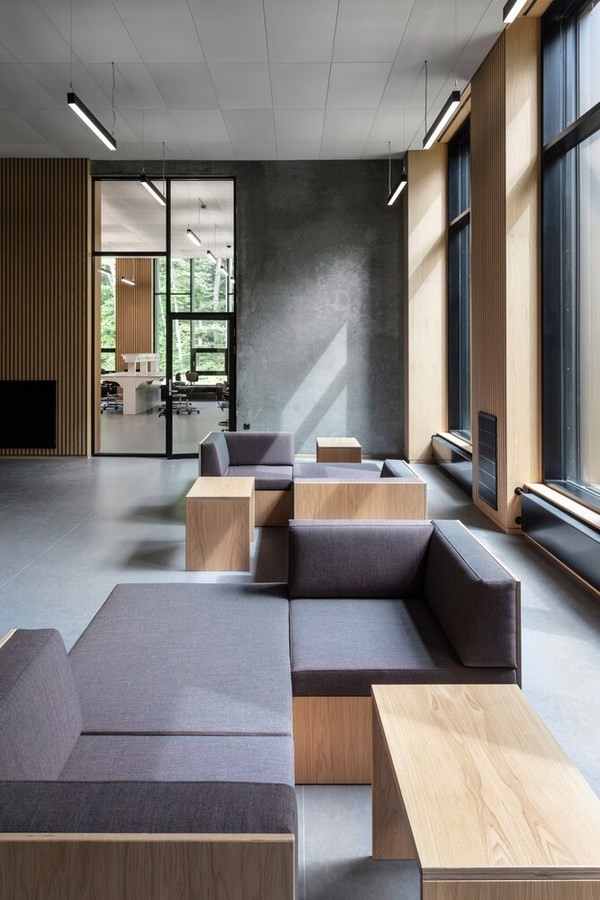
Cutting-Edge Testing Facilities
The cornerstone of B357 Research Hub is its cutting-edge testing facilities, designed to meet the exacting standards of electromagnetic research. Featuring a large test hall with four chambers, the hub caters to a wide range of testing requirements, from stargate antenna testing to millimeter-wave component analysis. Stringent environmental controls ensure precise testing conditions, with temperature and humidity levels maintained within narrow tolerances throughout the year. This commitment to precision underscores the hub’s status as a leading research institution in electromagnetic systems.
In conclusion, B357 Research Hub represents a bold step forward in the university’s research agenda, offering a dynamic and sustainable platform for collaborative innovation in electromagnetic systems. By fostering interdisciplinary collaboration, promoting sustainability, and providing cutting-edge testing facilities, the hub reaffirms its position as a beacon of excellence in research and education.


